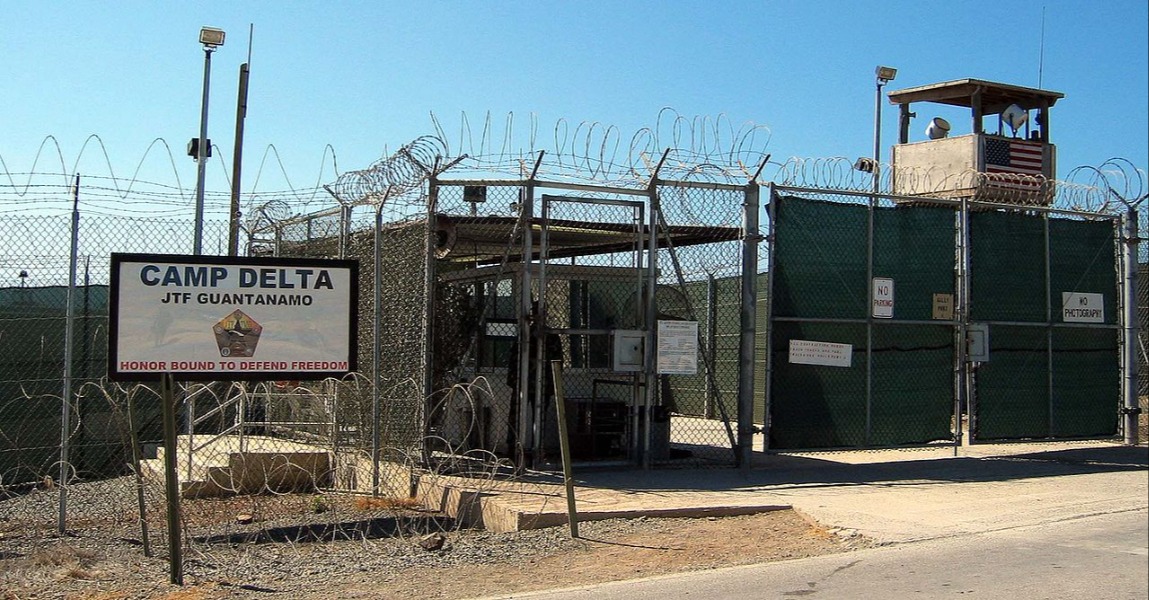As ISIL Evolves, U.S. Tactics Must Adapt
In September 2014 the Obama Administration announced its Counter-ISIL strategy, aimed to “degrade and ultimately destroy ISIL… so that it’s no longer a threat to Iraq, the region, the United States, and our partners.” A year and a half later—following successful coordinated attacks in Paris and Brussels and ISIL-inspired attacks in San Bernardino, Turkey and elsewhere—it is time to reassess the strategy, determine what is working and what is not, and course cor
Published by The Lawfare Institute
in Cooperation With

In September 2014 the Obama Administration announced its Counter-ISIL strategy, aimed to “degrade and ultimately destroy ISIL… so that it’s no longer a threat to Iraq, the region, the United States, and our partners.” A year and a half later—following successful coordinated attacks in Paris and Brussels and ISIL-inspired attacks in San Bernardino, Turkey and elsewhere—it is time to reassess the strategy, determine what is working and what is not, and course correct as needed.
The strategy released 18 months ago outlined nine lines of effort:
- Supporting Effective Governance in Iraq;
- Denying ISIL Safe-Haven;
- Building Partner Capacity;
- Enhancing Intelligence Collection on ISIL;
- Disrupting ISIL’s Finances;
- Exposing ISIL’s True Nature;
- Disrupting the Flow of Foreign Fighters;
- Protecting the Homeland; and
- Humanitarian Support.
The merit of this strategy is its flexibility in drawing on the capability of experts, resources, and authorities across many departments of the U.S. government.
Somewhat absurdly, much of the public criticisms of the Administration focus on urging the President to take steps which have already been implemented as part of the strategy. Additionally, a significant amount of commentary and attention focuses solely on the available military options.
The military role is certainly central. Two of the nine lines of effort deal directly with the capacities of our armed forces; and the Department of Defense has achieved characteristic success here. ISIL safe havens in Syria and Iraq have slowly been clawed back by a variety of forces through kinetic and other means. These successes put ISIL on its heels, but it is important to recognize the second and third orders of effect of such success—and that these effects call for the strategy to shift away from the military as the threat evolves.
Focusing exclusively on denial of safe haven sacrifices the strength of a comprehensive strategy. The elements of the strategy focused on follow-through elements are critical to preventing ISIL from further establishing operational havens outside of Iraq and Syria. We have seen ISIL’s willingness and capability, as it loses safe haven, to form a global strategy and launch or inspire attacks in Europe, the U.S., Turkey and elsewhere. To meet this threat, emphasis must now shift to those lines of effort which meld military, law enforcement, and civilian action. Two in particular call for greater emphasis: Enhancing Intelligence Collection and the civilian side of Building Partner Capacity.
Enhancing intelligence collection against ISIL blurs the line between military and civilian-led operations. As Gen. Joseph Dunford, Chairman of the Joints Chiefs of Staff, recently pointed out in a speech at CSIS, much of the military’s success in Syria can be attributed to better intelligence. Intelligence, however, supports far more than just military efforts and Dunford went on to stress that civilian partners have a large role to play in the counter-ISIL effort. This is especially true as we enter a new phase. Dunford noted that although intelligence, surveillance and reconnaissance (ISR) resources have increased 1200% since 2001, current levels only meet about 35% of demand. Deploying a vast proportion of these resources to Syria, Iraq and bordering neighbors may increase the accuracy and/or frequency of targeted kill/capture missions but these resources are finite. As ISIL shifts its focus westward, the U.S. must transfer more intelligence and surveillance resources to federal law enforcement agencies to investigate the mala fide users of the public infrastructure that moves money, goods, and people to Europe and the U.S.
Likewise, there is currently on overemphasis on the military aspects of building partner capacity. Attention and recourses in this are primarily centered on training partner militaries or militias like the Iraqi Army or the Kurdish Peshmerga. These are important steps, but other institutions within affected countries need to build capacity as well. Police, Customs, and Border forces need to increase their capacities, because those are the institutions which will remain and be charged with preserving the rule of law long after armies depart. And the enduring strength of these institutions depends largely on the trust of the communities within which they operate. As ISIL loses hold on territory in Syria and Iraq, capacity building for non-military partners will preserve the military gains and keep ISIL propaganda from ensnaring more young men and women. Additionally, American law enforcement and civilian agencies must work with their European and NATO partners to better protect the modes of transportation that ISIL might exploit to move people, weapons, and other goods—including money—from Syria and Iraq to their newly dispersed battlefields.
As ISIL changes tactics and shifts operations, congressional appropriations must align to an evolving response. In FY16, Overseas Contingency Operations funding was nearly four times higher for the Defense Department compared to non-defense agencies. Deploying planes, personnel, ISR platforms and weapons systems are expensive undertakings to be sure. But if we are to effectively degrade and dismantle ISIL, some of those resources ought to be re-aligned. Currently, the FBI has field offices in over 60 countries. ICE and the Secret Service have a combined 70 offices located overseas which carry out a plethora of investigative activities—ensuring that visa applicants to the U.S. do not pose a threat, investigating counterfeit currency and financial crimes, dismantling weapons smuggling rings around the world. Protecting the Homeland, as outlined in the counter-ISIL strategy, is a multi-faceted effort on the part of many federal agencies. To be successful, these agencies must be properly resourced and better equipped to take action beyond our borders, before threats reach our shores.
The Obama Administration’s Counter-ISIL strategy rightly recognizes the need to deploy a broad spectrum of counterterrorism options. At the risk of oversimplifying, counterterrorism options are best understood as existing on a spectrum. On one end of the spectrum is direct military action, and on the other are soft power options like community outreach and Countering Violent Extremism programs. Within the vast middle ground, there is a trove of American resources and assets which must be leveraged to counter the next phase of the ISIL threat, in keeping with the Administration’s long-term strategy.
As ISIL adapts to a shrinking footprint in Syria and Iraq by seeking to pursue its goals elsewhere, Western targets will become increasingly popular. If its tactics can shift to match the evolving threat, the Obama administration’s strategy and its nine lines of effort are still well placed to harness the full power of the U.S. government to deter, disrupt, and dismantle ISIL. But we must be realistic that all nine lines of counter-ISIL strategic efforts cannot be pursued with the same intensity—of focus or resources—simultaneously. And if we are to succeed, the time has come to shift resources to civilian and law enforcement entities who now must meet the threat in their own realm.


.jpeg?sfvrsn=6117c6bf_4)


